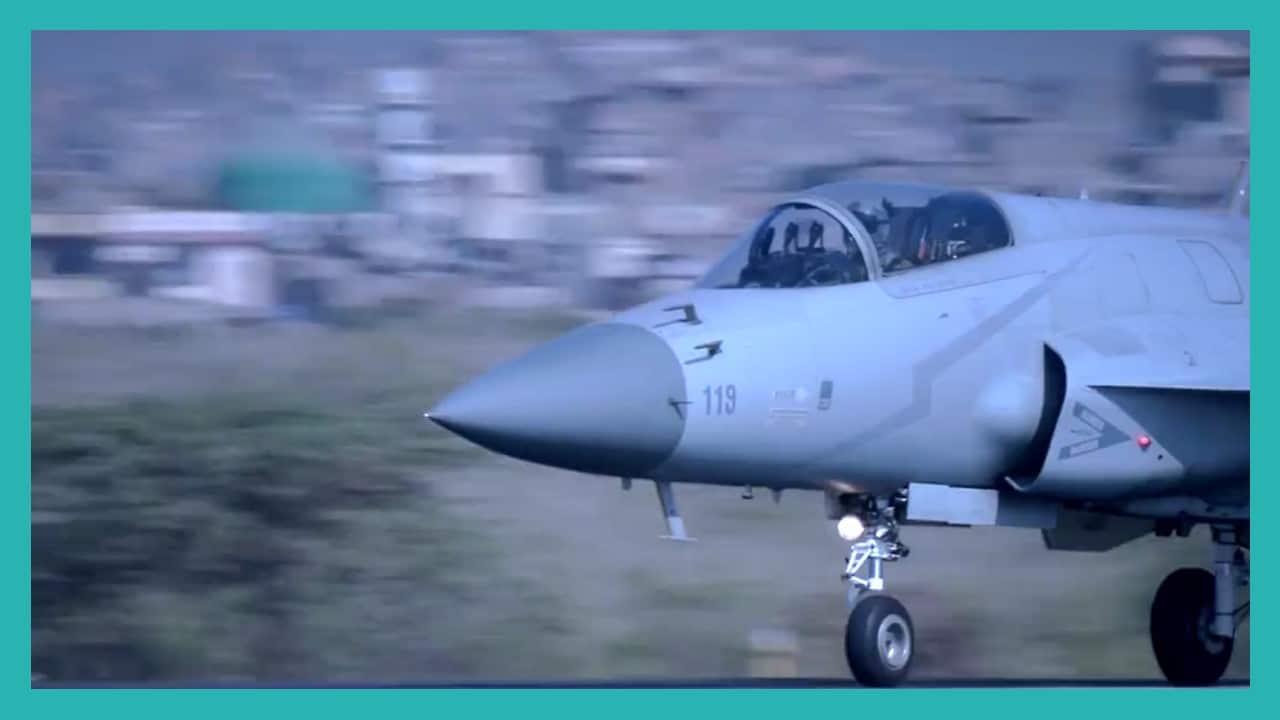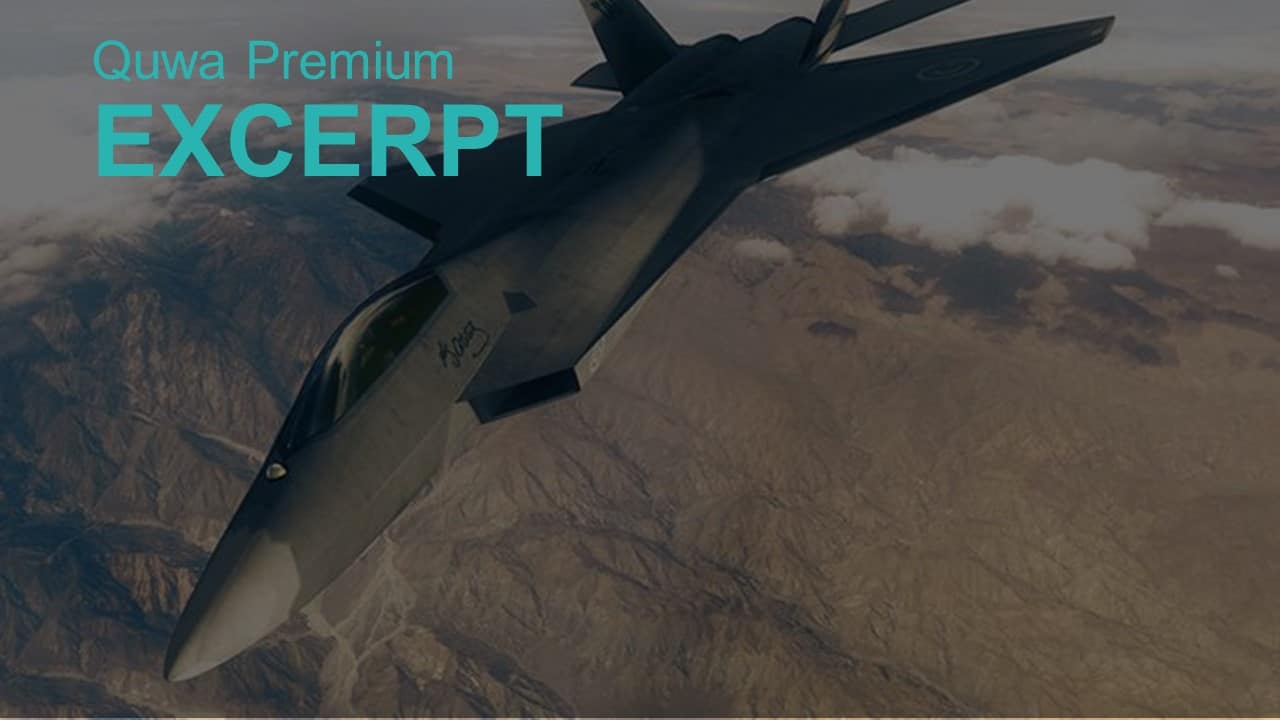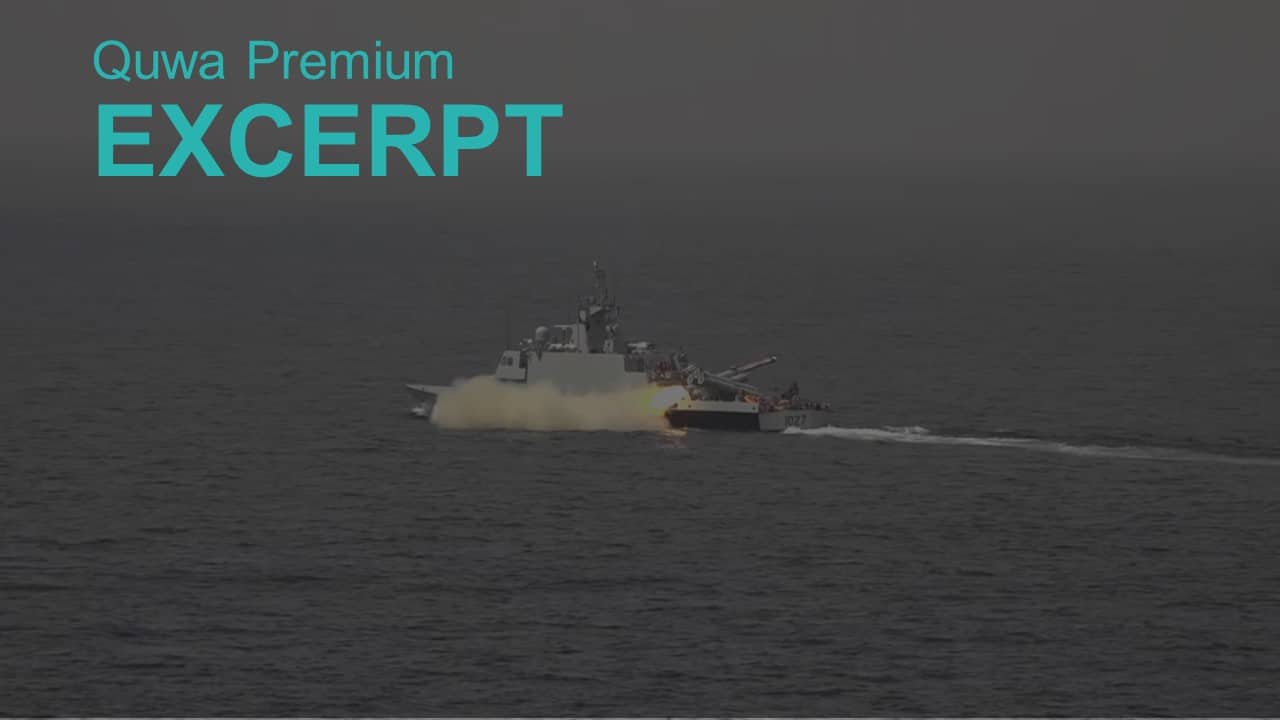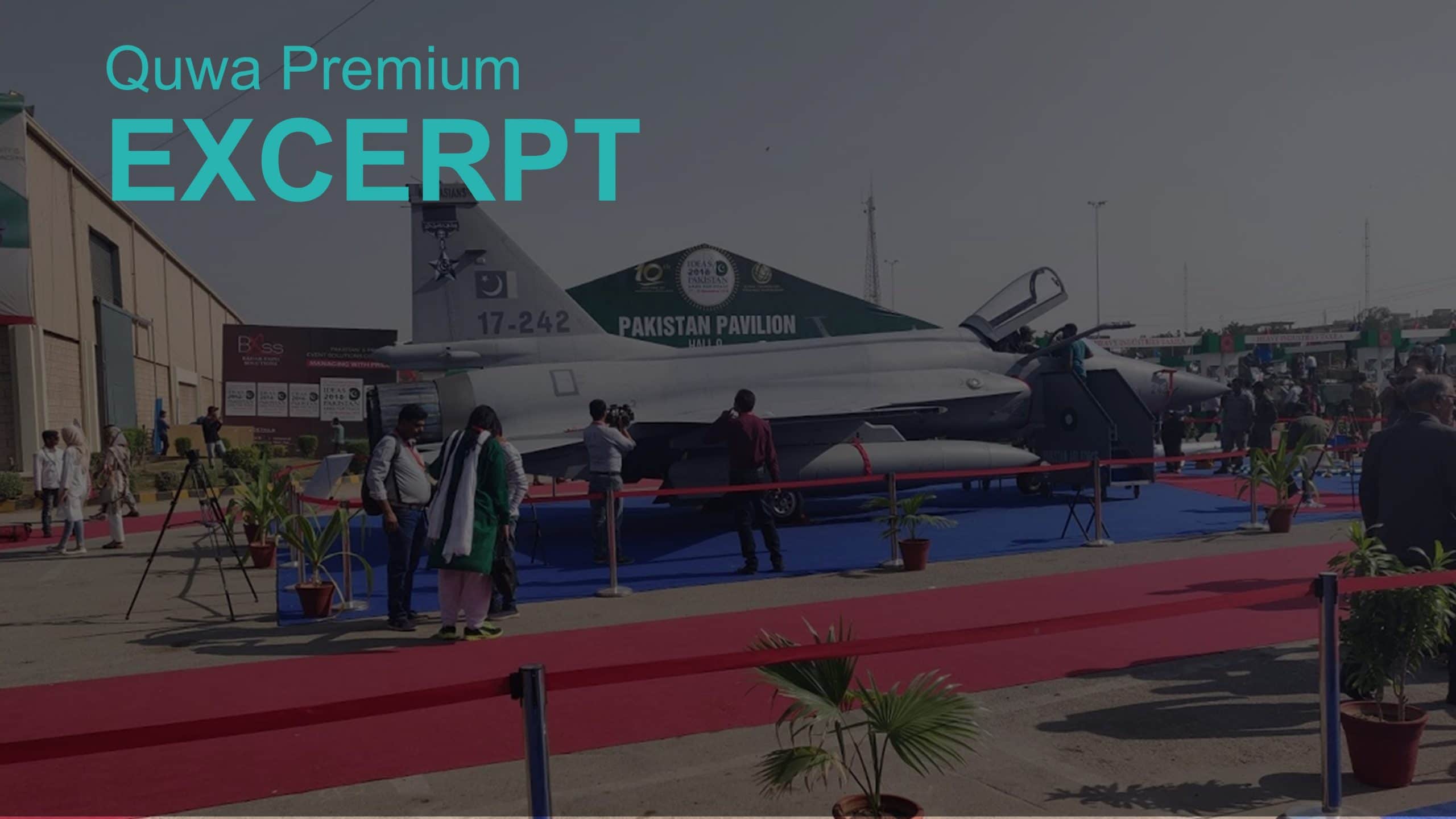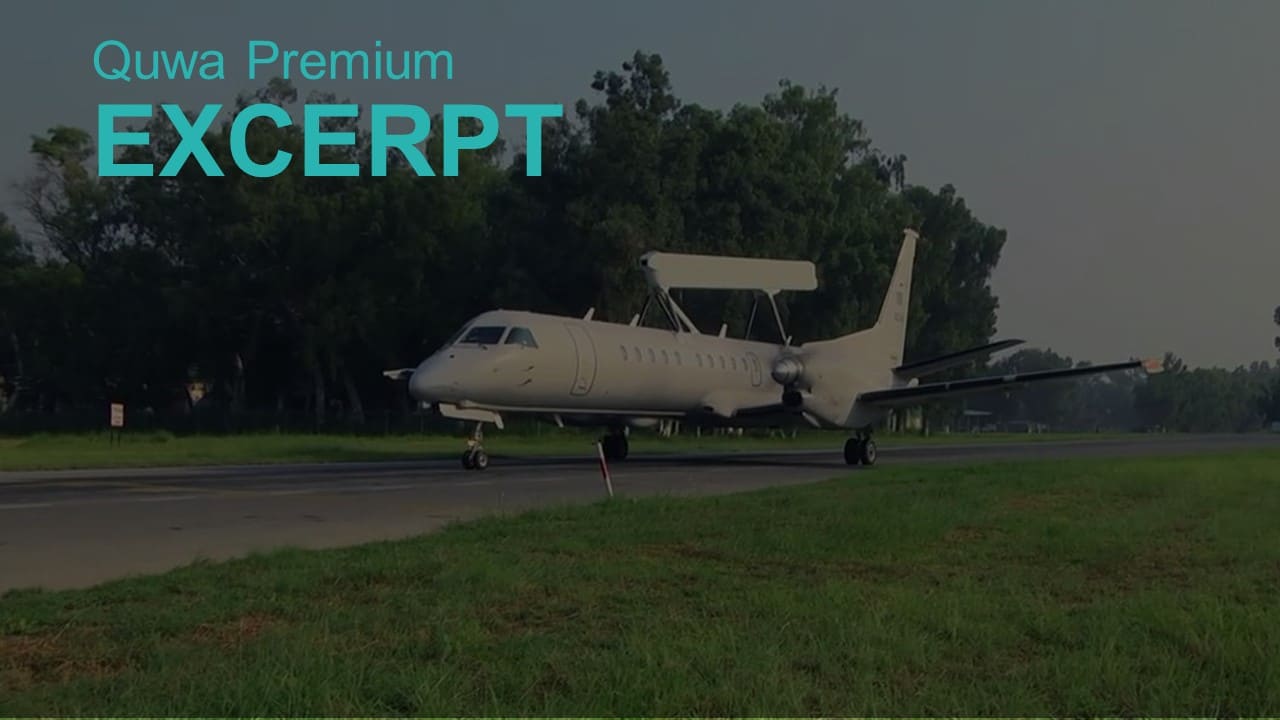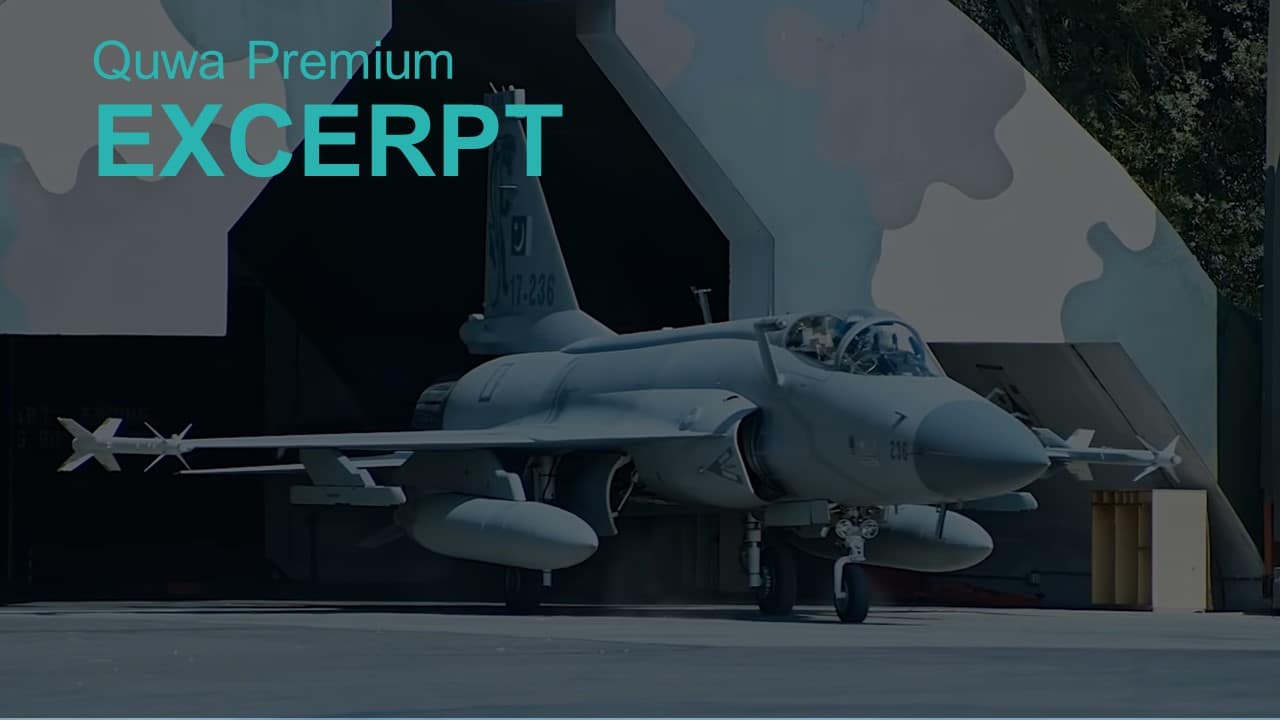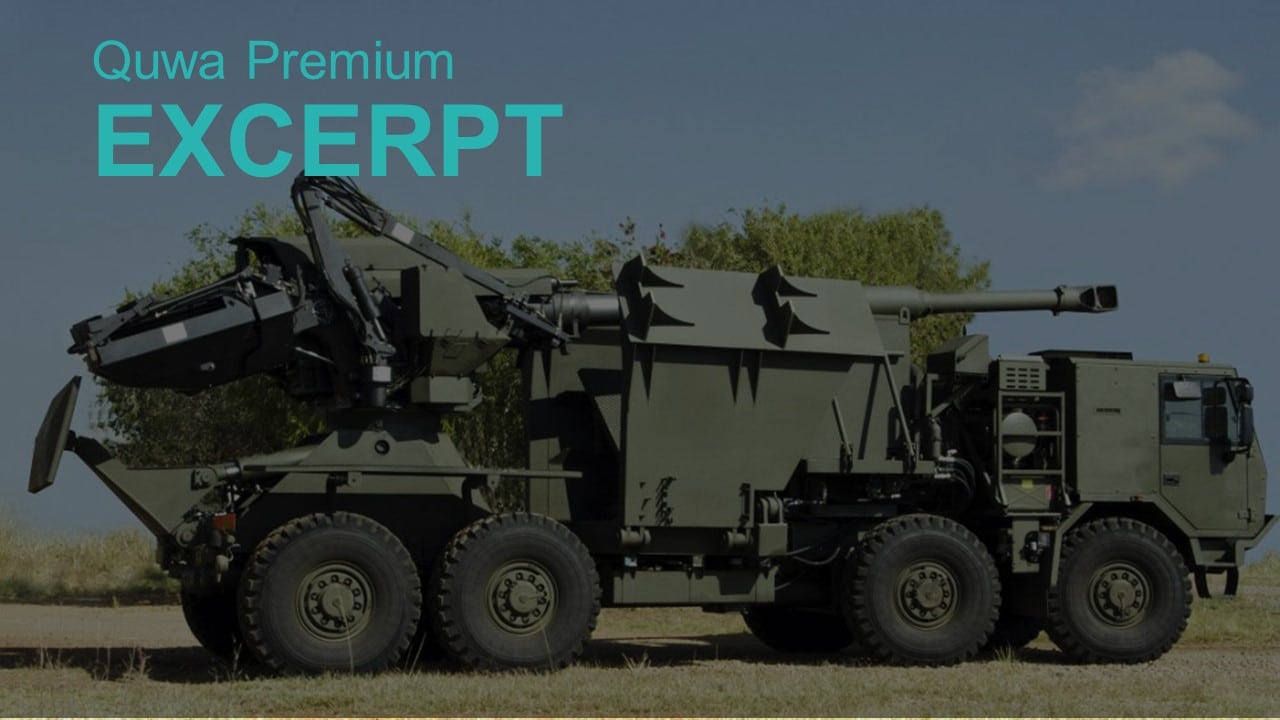On 17 May 2019, Damen Shipyards launched the first of two 2,300-ton offshore patrol vessels (OPV) or corvettes for the Pakistan Navy (PN). Damen is constructing both PN ships at its facilities in Galati, Romania. The PN ordered the ships in June…
The Pakistan Air Force (PAF) had expressed a willingness to engage with Turkey on the development of a next-generation fighter since 2016. However, the two sides are far from achieving traction.
Speaking to the Islamabad Chamber of Commerce & Industry (ICCI), the previous Chief of Air Staff (CAS) of the Pakistan Air Force (PAF), retired Air Chief Marshal (ACM) Sohail Aman had reportedly stated that the PAF had completed the design of Project…
On 23 April 2019, the Pakistan Navy announced that it test-fired a cruise missile with dual-anti-ship and land-attack capabilities from one of its fast attack crafts (FAC).
The Italian defence giant Leonardo International inaugurated its new office in Islamabad, Pakistan on 11 April 2019. Its among a handful of Western defence suppliers to maintain a direct formal presence in the country as a means to promote their products and…
Pakistan Aeronautical Complex (PAC) released a tender for the “procurement of data link items” for a medium-altitude long-endurance (MALE) unmanned aerial vehicle (UAV).
On 22 April 2019, Pakistan Aeronautical Complex (PAC) issued a tender for a warehouse for the JF-17’s maintenance, repair, and overhaul (MRO) facility.
In April 2019, the Pakistan Air Force (PAF) took delivery of three Saab 2000 aircraft, which Pakistan’s Directorate General of Defence Purchases (DGDP) ordered in February 2018. This may be connected to the PAF’s reported order in 2017 for three Erieye AEW&C…
Though a lack of willing suppliers and tight funding are factors, the Pakistan Air Force (PAF) has valid technically-driven strategic reasons to expand the JF-17 program.
Denel Land Systems is reportedly negotiating to sell T5-52 self-propelled howitzers to an undisclosed Asian country. The T5-52 is a 52-calibre 155 mm system mounted on an 8×8 wheeled truck.

